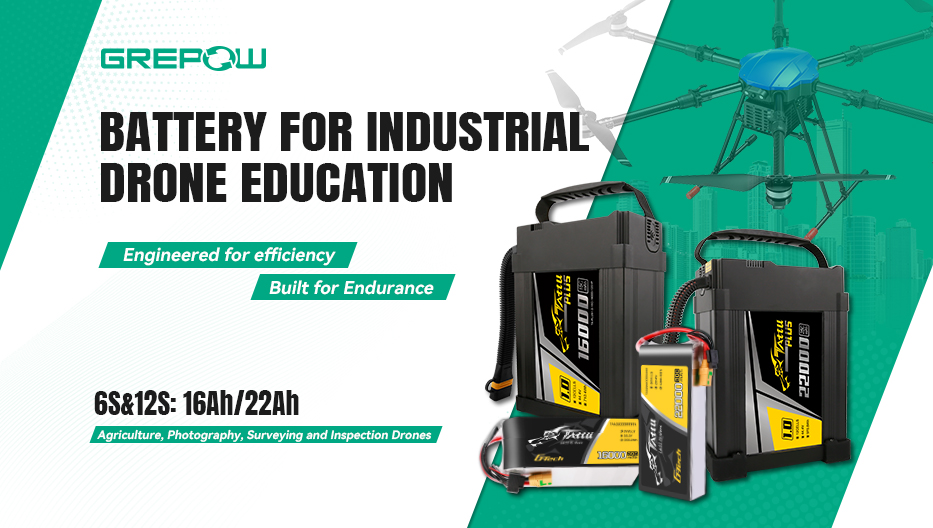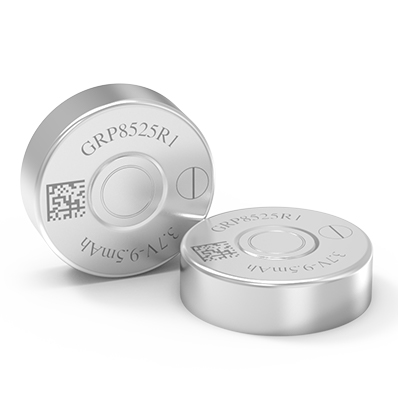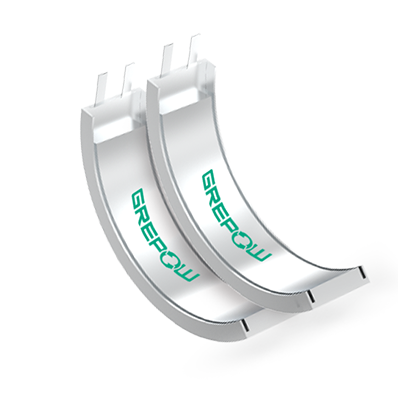What Issues Need to be Addressed in Wearable Devices?
The hot areas of the past were hit during the heyday, and many people in the scientific and technological circles turned their attention to the field of wearable devices. Today, this article will explore the issues that need to be addressed in the field of wearable devices and the way out for the future.
1. The amount of investment in the wearable device sector is falling
We define the field of wearable devices here, including companies that develop electronic devices that can be worn or placed on the body, as well as companies that can wear wearable medical devices, AR/VR heads and other technologies. The amount of venture capital is declining, mainly because investment institutions are beginning to evade the risk of high valuations and are tired of the almost similar functions that wearable devices bring. As a result, new wearable device companies may be under financial pressure. Current wearable devices offer two main functions: biomarker tracking and the smallest device that can replace a smartphone (AR/VR head-display device is a relatively independent field, we will analyze it in another report). Therefore, wearable devices fall into two categories: health trackers and smartwatches.
2. Problems in the field of wearable devices
(1) Accuracy
The key issue with wearables is to prove their true value, not just the extended applications of some smartphones. For many people, smartwatches and health trackers are an expensive accessory product that has been very good and doesn't feel like it's missing. Improved integration with wearable device-specific applications, such as multi-platform payment via NFC, digital assistants like Google Now, stand-alone connectivity, and improved biomarker tracking, all of which can drive wearables closer to the need The function of the field. In addition, the core value of those health tracking products is to accurately measure the physiological activities of the human body and must prove that their measurement accuracy and value exceed the bio-sensing capabilities of those smartwatches, otherwise they can be completely used by smartwatches. Replaced. Therefore, most health trackers focus on persistence and accuracy. The former has achieved considerable success. Although the latter has been satisfactory in measuring heart rate in bracelet products, it is necessary to accurately measure other physiological indicators. A comprehensive application of multiple sensors and cross-validation of results is required.
(2) Interactivity
Wearables are very small, and simple features and gestures are tedious. Therefore, expanding interactivity is also a big challenge. Google introduced Soli, which enables remote gesture control by adding a small chip to the smartwatch so that people can perform operations without touching the surface. There is still some whimsy that the future may be possible, such as dragging and dropping the application in the smartwatch onto the person's arm and then operating it; calling the keyboard from the smartwatch for virtual input.
(3) Extended battery life
Extending battery life can make wearable devices more competitive. Custom shaped batteries to fit into any and all available space in your product for maximum efficiency. By utilizing Grepow's proprietary formula in our custom shaped cells, it will empower you against your competition.
Smartwatch is generally round in shape with a diameter between 42 to 45mm. Although they are in round shape, most of them still use square-shape batteries which do not utilize the entire space of the watch they power. In contrast, customized batteries created by Grepow better fit into the empty spaces in watches and also increase the maximum capacity available.

Furthermore, Grepow provides smartwatch battery solutions for high discharge rates and high voltage cells. Low-temperature cells can also be manufactured so that they can work even at -40℃. Grepow is ultimately a one-stop-shop for customization services. Customers need only focus on the design of the product, and Grepow will provide the best solution for their specific battery systems.
(4) Extension of service life
These expensive smartwatches and health trackers need to be more durable to maintain high prices. Researchers are experimenting with new chemical materials that can be modified to be as tough or soft as plastic under external forces and internal stresses. There is also a self-healing electronic material that can self-recover to the slight wear and pressure deformation caused by everyday wear, which will also be an important niche application. These technologies have basically been proved by experiments, but still need to cross the threshold of mass production and commercialization, in order to bring new development space for wearable devices.
3. Application scenarios with opportunities in the future
(1) Consumer applications
In addition to the existing functions of health indicator tracking and smartphone expansion in the future, wearable devices are likely to develop in the following areas.
Clothing
In the future, we may see shirts, T-shirts, etc. that can change colors and styles. Wearable accessories that can eliminate people's small pain points will also become popular, such as shoelaces that can be automatically fastened without spreading. If the price of these items is appropriate, it will lead to a larger consumer group, such as professional athletes or sports enthusiasts.
Luxury
The style has always been a key consideration for wearable devices, so luxury goods may also be a direction for the development of wearable devices. For example, luxury watch manufacturers have begun to consider adding the features of smartwatches to their existing product lines. Jewelry with positioning and notification by vibration already exists.
Security Products
Future safe applications for wearable devices may include monitoring ambient air or blood alcohol levels or levels of hazardous chemicals. Such monitoring capabilities may be combined with a range of applications.
Personal Assistant
Existing features such as Siri, Alexa, or Google Assistant are still very limited, and the emergence of artificial intelligence will enable the personal assistant to achieve it. Digital personal assistants (PDAs) based on location, time, and other metrics can perform many functions, and this is where many tech giants have begun to enter and have achieved results. But personal assistants have a lot of usage scenarios to be developed, which also makes product developers and investors willing to invest heavily in the field. So far, no company has built technical barriers, and early-stage costs and suppliers and supply chains remain important considerations. As far as software is concerned, many resources are open source, so there is a lot of room for development. This area will be the biggest direction for the imagination of wearable devices.
(2) Enterprise application
Pharmaceuticals
Accurate measurement of drug compliance is a key issue for pharmaceutical companies and biotech companies. In addition, the ability to more accurately measure the physiological response of patients participating in drug trials can also speed up the process of drug development. Therefore, there may be significant opportunities in the more complex biotechnology field.
Medical insurance
If wearable devices can collect medical-grade data, then this data can be used by insurance companies, and can accurately price individuals more accurately, and improve risk analysis to attract more customers. Corporate groups can also customize insurance plans for specific employees, saving on health insurance costs
Advertising
Wearables can fill the gap between online and physical ads, even more than smartphones. With wearables, you can locate stores and pay, and marketers can combine data collected online with offline data to offer consumers more special offers and discounts.
Logistics
In addition to tracking workers in the warehouse to determine if they are negatively completed, personal management of complex projects is another high-profile application for wearables. For example, construction workers can use wearable devices to track physiological status and location, and help them with specific tasks; in order to prevent accidents, health supervision can also be performed for professional workers.
Asset Management / Landlord
House rental allows tenants to download an application to manage access, use of shared facilities, etc., and to make payments. In addition, monitoring energy consumption can be one of the development directions of wearable devices in this field. The development bottleneck currently encountered by wearable devices is largely due to problems such as functionality, interaction, and service life. In fact, the use of wearable devices is very rich. At present, many wearable device manufacturers mainly focus on the development of hardware products, and the entire hardware field is developing slowly. If you can better integrate with the scene based on technological development, the future of wearable devices will be even better. If you are interested in our products, please don't hesitate to contact us at any time! Email: info@grepow.comGrepow Website: https://www.grepow.com/
Related Articles
-

The World's First Humanoid Robot Participation in Half Marathon
2025-04-16 -

Empowering Drone Training with Grepow’s Tailored Battery Solutions
2025-04-15 -

Join Grepow at the 2025 Global Sources Hong Kong Show
2025-04-08
Related products
-

GRP8525R1 Rechargeable Lithium-Ion Coin Cell Battery
-

Pouch Ultra Narrow Lipo Battery
-

Pouch Curved Lipo Battery

















































